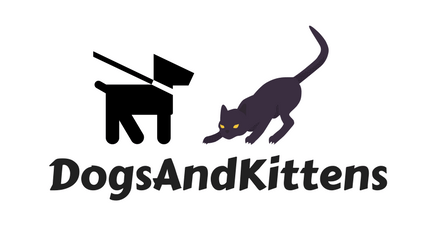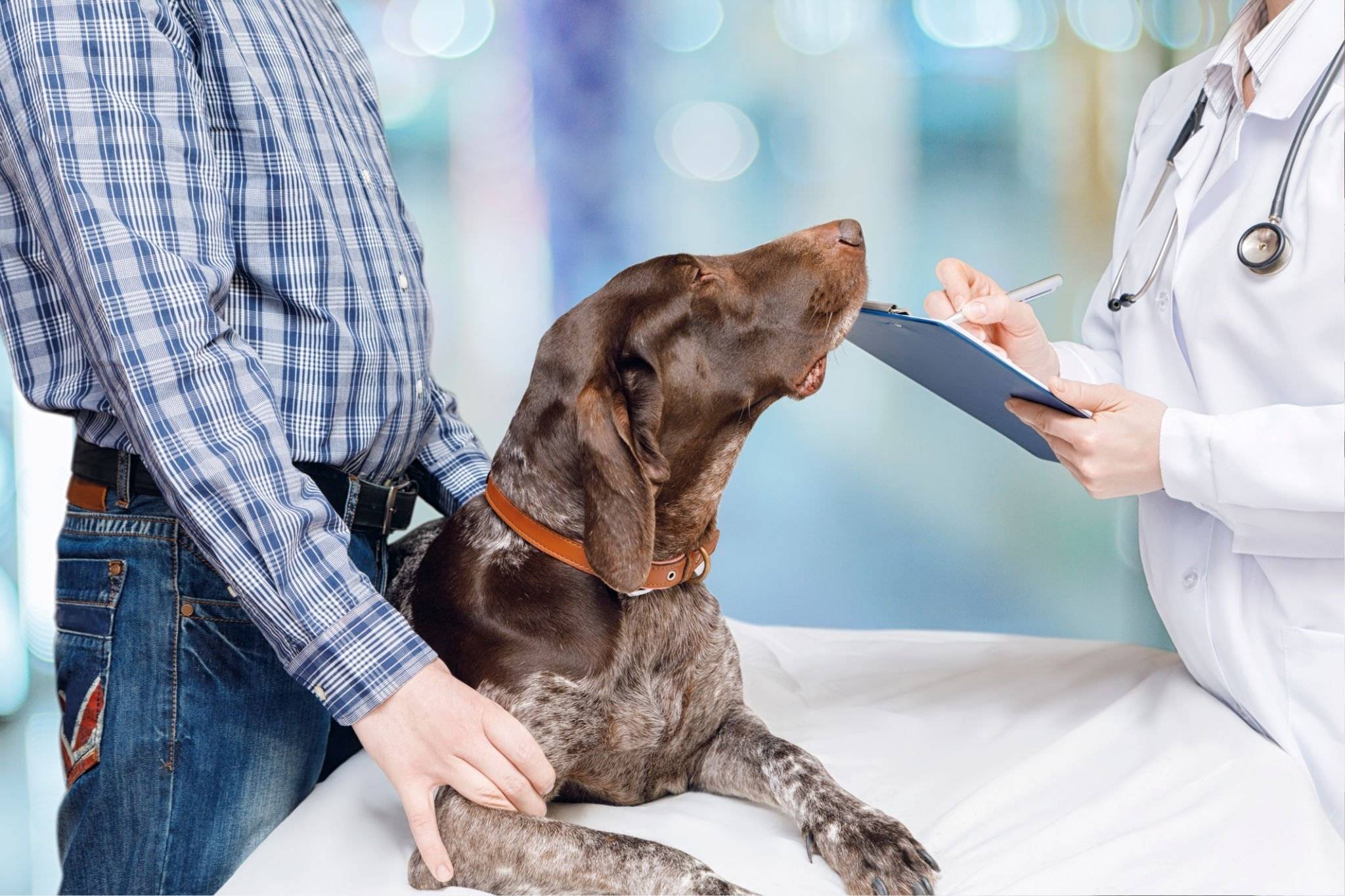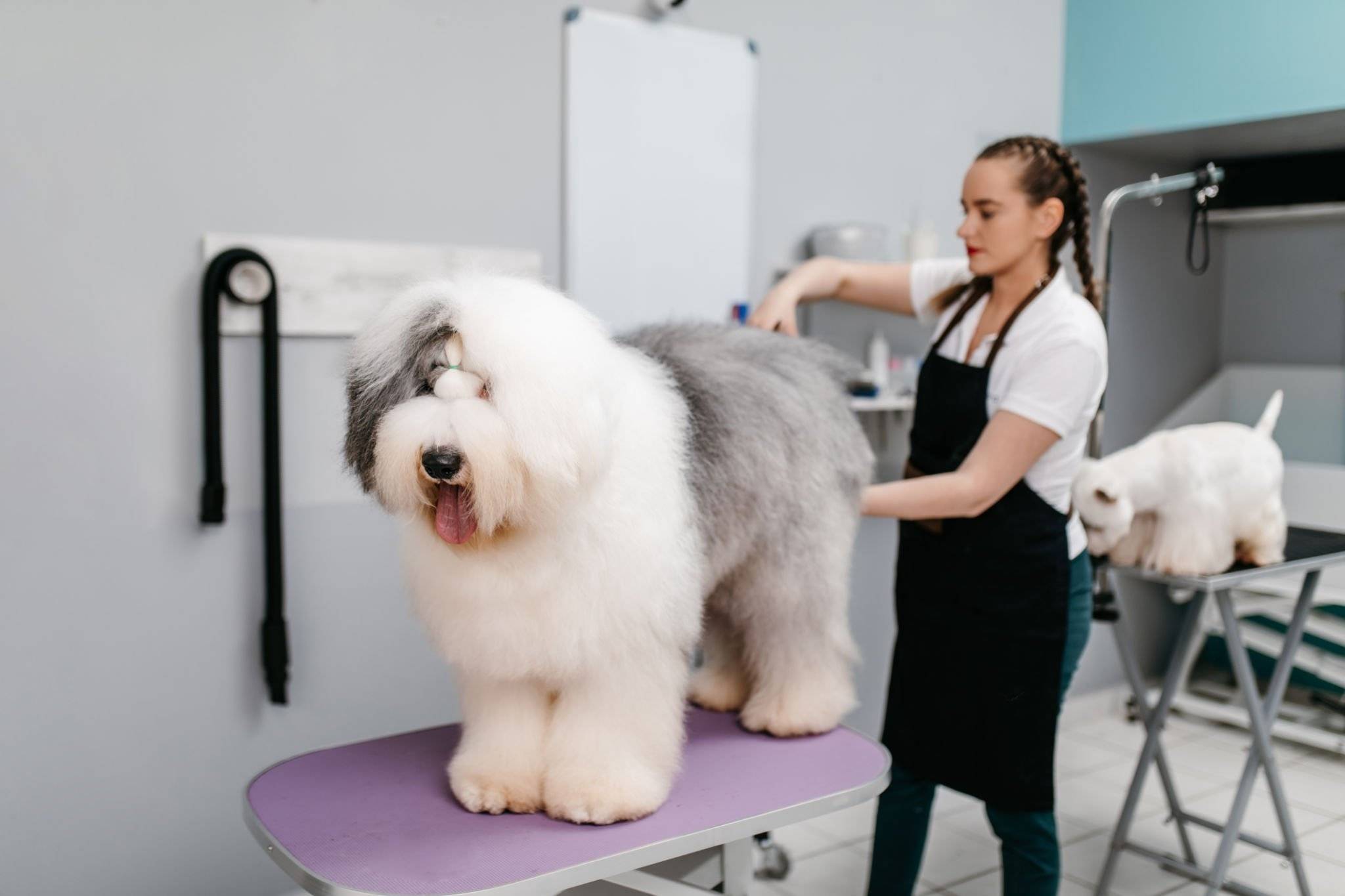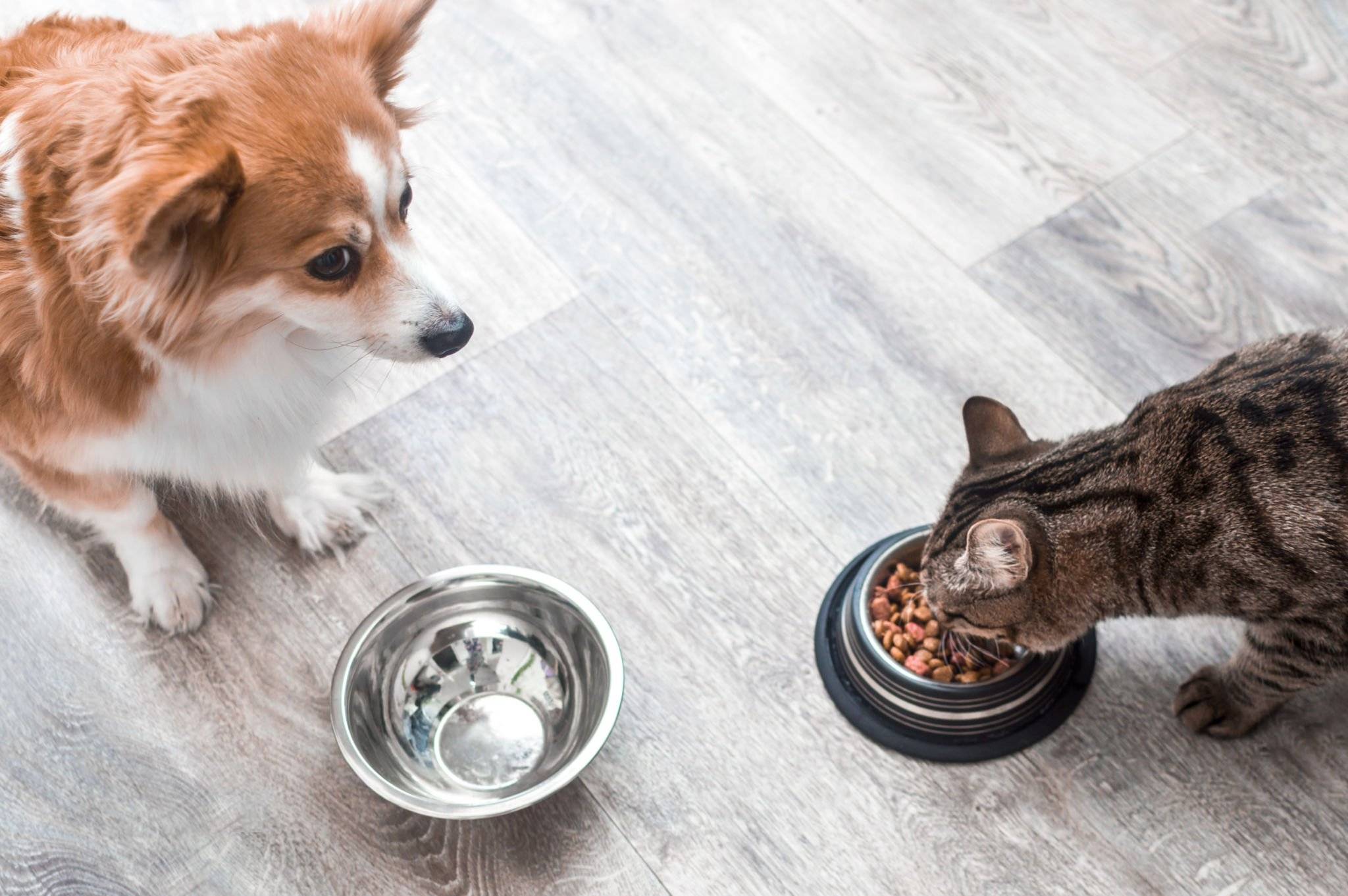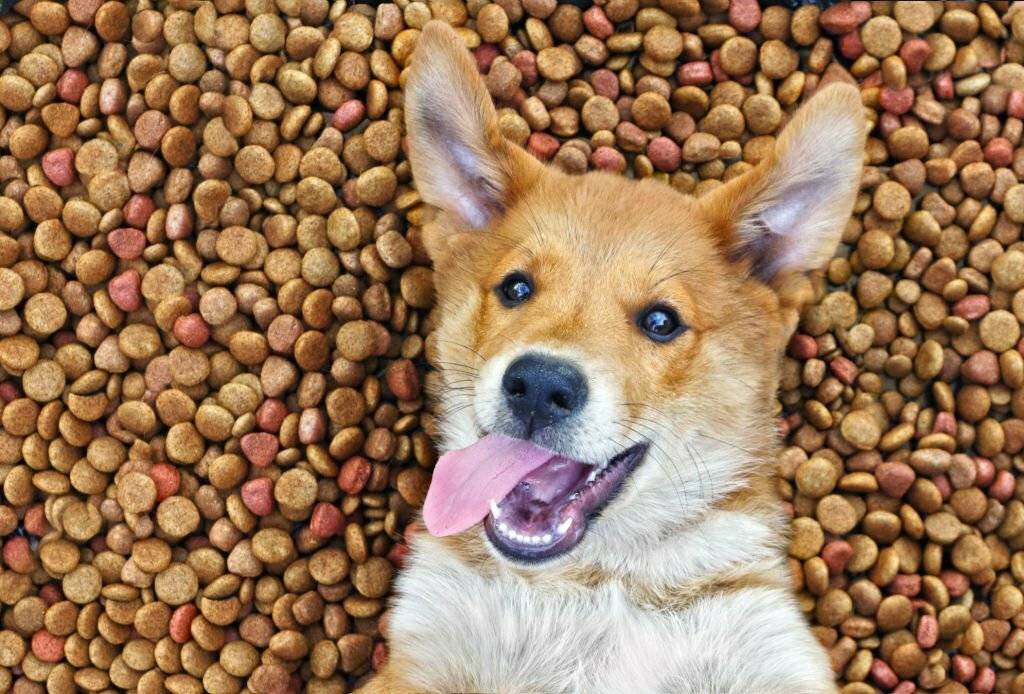
Pet owners know that keeping their furry friends healthy and happy is a top priority. One way to achieve this is by providing them with a balanced diet that includes all the necessary nutrients. However, some pets can be picky eaters, making it difficult for their owners to ensure they are getting the nutrition they need. This is where all-natural flavorings come in. By adding natural flavorings to their pet’s food, owners can entice their picky eaters and make mealtime more enjoyable for their pets.
In this article, pet owners will learn about the top 5 all-natural flavorings they can use to make their dog’s food irresistible. The article will also cover how to use flavorings wisely, whether store-bought or homemade flavorings are better, and answer some frequently asked questions about adding flavorings to pet food.
Continue reading 5 All-Natural Flavorings to Make Your Dog’s Food Irresistible